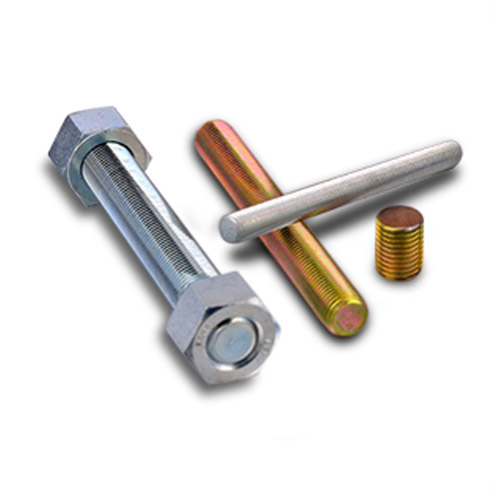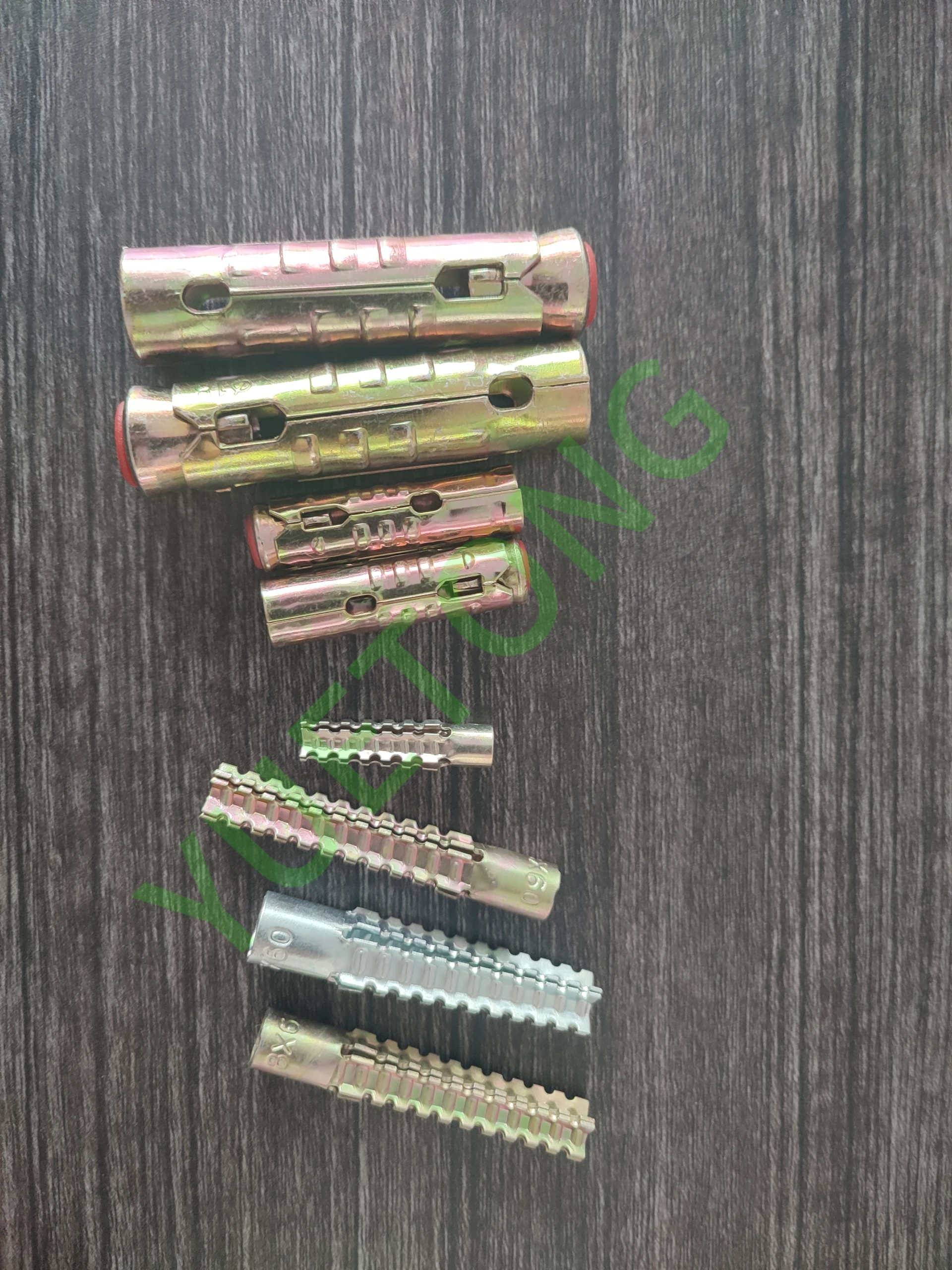gen. . 20, 2025 05:28 Back to list
10 types of anchor bolts
Anchor bolts serve as a vital component in various construction and industrial applications, ensuring that structures remain grounded and resilient against different forces. This examination of the 10 types of anchor bolts will delve into their distinctive features, applications, and the advantages they offer, lending professional insight to those making pivotal choices in structural design.
6. Expansion Anchors These are adept at handling vibration or seismic shifts, making them perfect for attaching heavy-duty fixtures to walls or floors. Their capacity to adjust to various substrate densities provides superior holding power, contributing to their widespread use in earthquake-prone areas or in facilities housing heavy machinery. 7. Toggle Bolts Primarily used in hollow wall applications, toggle bolts feature spring-loaded wings that expand behind the wall upon insertion. This design spreads the load over a larger area, providing stability and security for hanging heavy objects such as cabinetry or shelving systems on drywall. 8. Threaded Rods While not always a traditional anchor bolt, threaded rods can function similarly when used with concrete anchors. They provide flexibility in construction projects where adjustable lengths are beneficial. Known for their tensile strength, they are a favorite in customized or large-scale industrial settings. 9. Chemical Anchors Combining adhesive resins with metal anchors, chemical anchors provide exceptional load-bearing capabilities. These are ideal for use in cracked concrete applications or where the substrate strength is uncertain. The adhesive if properly cured, distributes stress across the area, enhancing stability and reducing the risk of substrate failure. 10. Bent Bolts Often custom-fabricated, bent anchor bolts are designed to accommodate various architectural and industrial necessities. Their curved shapes can handle unconventional angles or unique structural demands. Prevalent in the construction of bridges and highways, they provide a bespoke solution when standard anchors fall short. Selecting the appropriate anchor bolt involves considering the material of the substrate, the expected load, environmental conditions, and the specific application requirements. Professionals in structural engineering or construction management must assess these factors critically to ensure maximum performance and safety. Potential pitfalls, such as improper installation or misjudgment of stress factors, can be mitigated by leveraging expertise and adhering to manufacturer guidelines, thus bolstering the reliability and integrity of the final application. This knowledge, paired with innovative solutions and industry best practices, marks the apex of authoritative decision-making in anchor bolt selection.


6. Expansion Anchors These are adept at handling vibration or seismic shifts, making them perfect for attaching heavy-duty fixtures to walls or floors. Their capacity to adjust to various substrate densities provides superior holding power, contributing to their widespread use in earthquake-prone areas or in facilities housing heavy machinery. 7. Toggle Bolts Primarily used in hollow wall applications, toggle bolts feature spring-loaded wings that expand behind the wall upon insertion. This design spreads the load over a larger area, providing stability and security for hanging heavy objects such as cabinetry or shelving systems on drywall. 8. Threaded Rods While not always a traditional anchor bolt, threaded rods can function similarly when used with concrete anchors. They provide flexibility in construction projects where adjustable lengths are beneficial. Known for their tensile strength, they are a favorite in customized or large-scale industrial settings. 9. Chemical Anchors Combining adhesive resins with metal anchors, chemical anchors provide exceptional load-bearing capabilities. These are ideal for use in cracked concrete applications or where the substrate strength is uncertain. The adhesive if properly cured, distributes stress across the area, enhancing stability and reducing the risk of substrate failure. 10. Bent Bolts Often custom-fabricated, bent anchor bolts are designed to accommodate various architectural and industrial necessities. Their curved shapes can handle unconventional angles or unique structural demands. Prevalent in the construction of bridges and highways, they provide a bespoke solution when standard anchors fall short. Selecting the appropriate anchor bolt involves considering the material of the substrate, the expected load, environmental conditions, and the specific application requirements. Professionals in structural engineering or construction management must assess these factors critically to ensure maximum performance and safety. Potential pitfalls, such as improper installation or misjudgment of stress factors, can be mitigated by leveraging expertise and adhering to manufacturer guidelines, thus bolstering the reliability and integrity of the final application. This knowledge, paired with innovative solutions and industry best practices, marks the apex of authoritative decision-making in anchor bolt selection.


